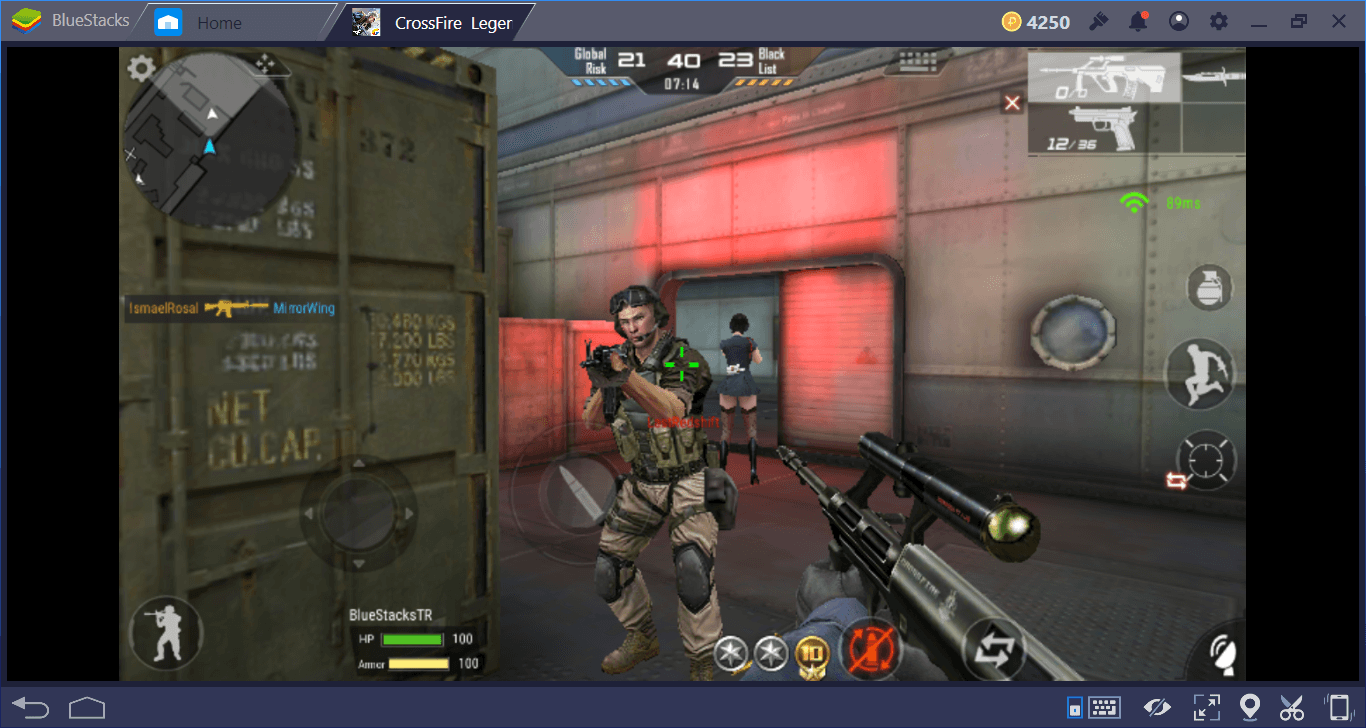Bed bugs (Cimex lectularius) are a persistent pest that has plagued humanity for centuries. With their resurgence in recent years, understanding the science behind their resistance to various treatments has become crucial. One such treatment, Crossfire, has gained attention for its effectiveness against bed bugs that have developed resistance to other insecticides. This article delves into the mechanisms behind bed bug resistance, the role of Crossfire in pest management, and the implications for treatment strategies.
Understanding Bed Bug Resistance
Bed bugs have evolved alongside humans, adapting to various control measures over time. Resistance refers to the ability of bed bugs to survive exposure to insecticides that would typically be lethal. This phenomenon can be attributed to several factors:
- Genetic Adaptation: Bed bugs can develop resistance through genetic mutations that enable them to survive insecticide exposure. For instance, studies have identified mutations in the voltage-gated sodium channel, which is the target of many pyrethroid insecticides.
- Behavioral Resistance: These pests exhibit behaviors that reduce their exposure to insecticides, such as avoiding treated surfaces or becoming more nocturnal in their feeding habits.
- Physiological Resistance: Bed bugs may develop physiological traits that allow them to metabolize or excrete insecticides more efficiently, minimizing their toxic effects.
Research indicates that resistance levels can vary significantly based on geographic location, making it essential for pest control professionals to understand local resistance patterns.
The Role of Crossfire in Bed Bug Management

Crossfire is a relatively new product designed to combat resistant bed bug populations. It combines two active ingredients: prallethrin and metofluthrin, which work synergistically to enhance efficacy against bed bugs. Understanding how Crossfire operates can shed light on its effectiveness and resistance management.
Active Ingredients and Mechanism of Action
Crossfire’s formulation utilizes a dual-action approach:
- Prallethrin: A pyrethroid that targets the nervous system of bed bugs, leading to paralysis and death. Its rapid action makes it effective against both resistant and non-resistant populations.
- Metofluthrin: Another insecticide that exhibits both contact and residual activity, providing long-term protection. It interferes with the bed bug’s nervous system, reinforcing the effects of prallethrin.
This combination not only increases the likelihood of killing bed bugs that have developed resistance to other treatments but also helps in breaking the resistance cycle by targeting multiple pathways within the pest.
Case Studies and Efficacy

Several studies have evaluated the efficacy of Crossfire against resistant bed bug populations. For instance, a study conducted in New York City found that Crossfire was effective in reducing bed bug populations by over 90% within two weeks of application, even in areas heavily infested with resistant strains.
Another case study in a university dormitory setting demonstrated that Crossfire reduced bed bug populations by 95% within a month, showcasing its potential as a reliable treatment option.
Implications of Resistance Management

Understanding resistance is critical for developing effective pest management strategies. The use of Crossfire and similar products should be part of an integrated pest management (IPM) approach, which includes:
- Monitoring and Inspection: Regular inspections can help identify infestations early, allowing for timely intervention.
- Combination Treatments: Using Crossfire in conjunction with other control methods, such as heat treatment or vacuuming, can enhance overall effectiveness.
- Education and Awareness: Educating homeowners and pest control professionals about resistance and its implications can improve treatment outcomes.
By employing these strategies, pest control professionals can mitigate the spread of resistant bed bug populations and improve the efficacy of treatments like Crossfire.
Statistics on Bed Bug Resistance

Understanding the scale of the bed bug resistance problem is critical for effective management. According to the National Pest Management Association (NPMA):
- Approximately 97% of pest control professionals reported encountering bed bugs in the past year.
- Over 60% of professionals believe that bed bugs have become more resistant to insecticides over the last five years.
- Resistance to pyrethroids is particularly common, with studies showing that around 70% of bed bug populations in certain urban areas exhibit resistance.
These statistics highlight the urgent need for effective treatments and innovative resistance management strategies.
Future Directions in Bed Bug Research

The ongoing battle against bed bugs requires continuous research and innovation. Future directions in the field may include:
- Genetic Studies: Researching genetic markers associated with resistance can help in developing targeted treatments and understanding resistance mechanisms.
- New Insecticides: The development of novel insecticides with different modes of action may provide effective alternatives to existing treatments.
- Public Health Initiatives: Increasing awareness and education about bed bugs and resistance can empower communities to take proactive measures against infestations.
Collaboration between researchers, pest control professionals, and public health officials will be vital in addressing the complex issue of bed bug resistance.
The emergence of resistance in bed bug populations presents significant challenges for pest control efforts. Understanding the science behind this resistance, particularly in relation to products like Crossfire, is essential for effective management strategies. By employing a multifaceted approach that includes monitoring, combination treatments, and education, we can combat the growing problem of bed bugs and protect public health. As research continues to evolve, new insights will pave the way for innovative solutions to this age-old pest problem.




